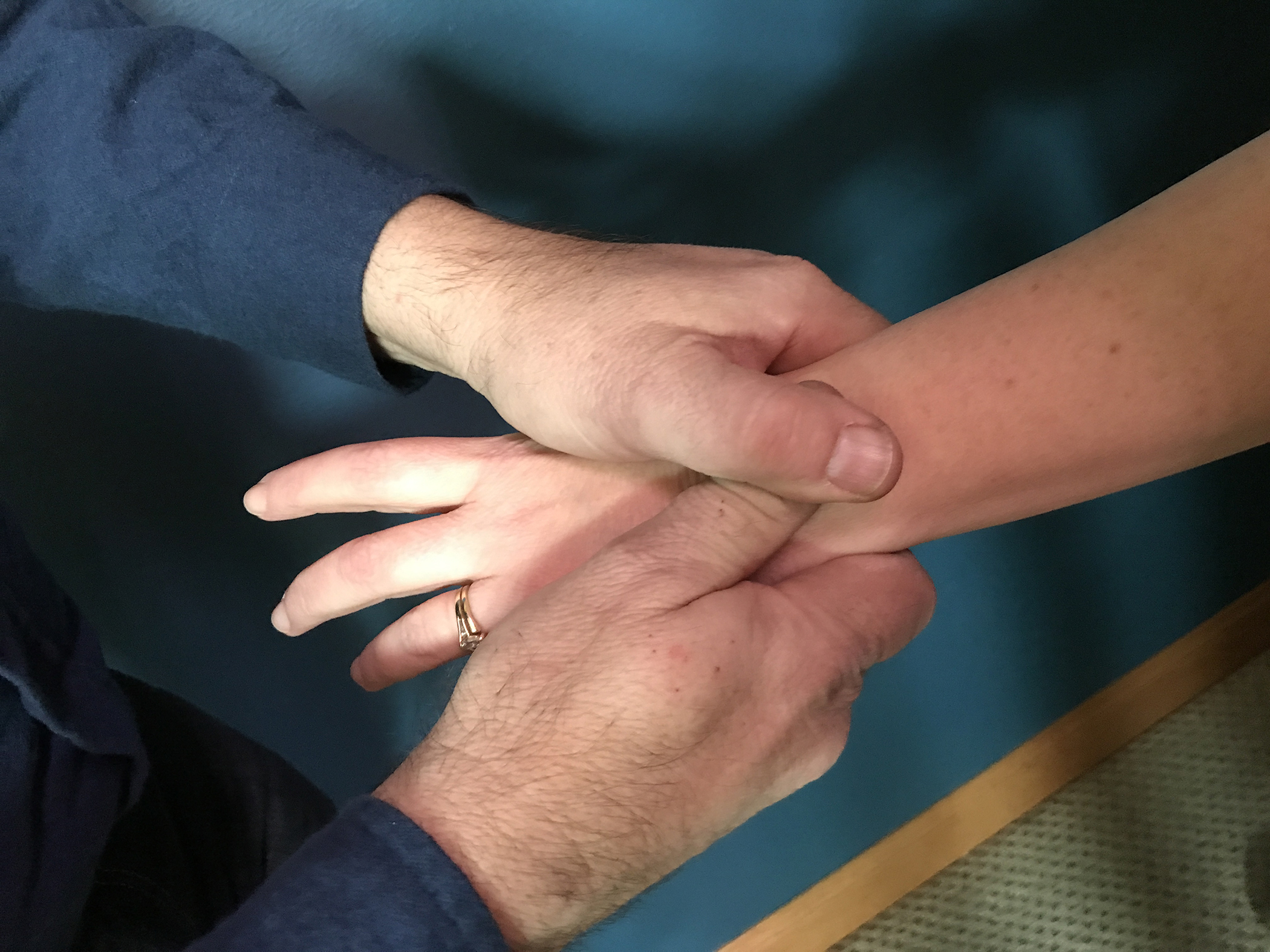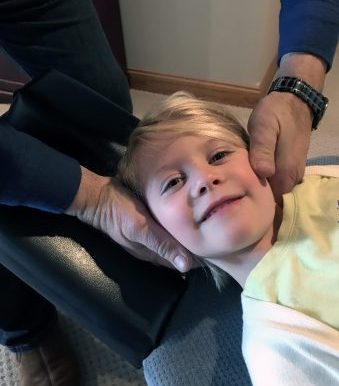At Wurth Chiropractic Center, we are happy to cooperate with medical doctors and specialists to resolve your back pain issues. We also understand that sometimes medicine and surgeries are, or have been, part of your search for relief and better health. But would an M.D. ever recommend or support chiropractic care? Not all would, of course, but relationships between many Doctors of Chiropractic and Medical Doctors have improved, as a TIME article online pointed out in 2017. “The benefits of chiropractic for acute low back pain have been pretty widely accepted for years now within the medical community,” says Dr. Ronald Glick, assistant professor of psychiatry, physical medicine and rehabilitation at the University of Pittsburgh School of Medicine and coauthor of several of Schneider’s … [Read more...]
Holiday Season Stress Is on Its Way!
Don’t look now, but the holidays are fast approaching. Your intense activities of cleaning, decorating, and shoveling snow to clear the path to the house can put an awful stress on the neck, mid-, and low back. At Wurth Chiropractic Center we want to help you avoid spinal injuries that can ruin even the best-made holiday plans. At the first sign of a “twinge” in the neck or low back, stop what you are doing and rest for at least 15 minutes. If the twinge persists or increases to moderate discomfort, apply moist ice to the area for no longer than 10 minutes. Don't Ignore the Signs That “twinge” is a warning sign that you have strained your spine beyond its capacity to perform that activity and there is now an injury. Contact Wurth Chiropractic Center for an evaluation and adjustment of … [Read more...]
Bending, Lifting, and Twisting
Bending, lifting, and twisting. Each of these movements, in and of themselves, is not harmful to the spine. In fact, the spine was designed for those exact movements. Done properly, those motions will assist us in moving around and getting work done. All Locked Up However, if those three movements combine over a long period of time, one or more vertebrae in the spine can misalign, or subluxate. A subluxation is defined as, “One vertebra out of alignment with the one below it, causing aberrant movement.” Simply stated . . . it’s not moving normally. Some describe it as “locking up” as in, “Oh Doc, I got out of bed this morning and my back locked up.” The Problem of Subluxation So, what happens when we bend, lift, and twist repeatedly over the course of a day? With those three motions we … [Read more...]
Stress and More Stress
Stress has had quite an impact on all of us this year. Who knew we would be dealing with a virus so dangerous it would affect our ability to work, play, or go to the store to buy bread? Now More than Ever Of course, we dealt with stress before COVID-19 invaded our lives, but most situations came and went. We could usually work out strategies for our problems in a matter of days or weeks. Most of us felt we had workable plans for situations that might arise. Perhaps most significantly, we weren’t staring death in the face every day. Okay, maybe “staring death in the face” is a little overstated, but COVID-19 is a mean son-of-a-gun virus for us to deal with. It’s sent shockwaves through our lives and escalated our stress. How the Body Copes How does the human body deal with elevated … [Read more...]
Chiropractic: More Than Just About the Spine
Did you know chiropractic adjustments are not limited to the spine? With proper training, a chiropractor can adjust nearly any joint in the body, and it's something I particularly enjoy. The shoulder, elbow, wrist, hip, knee, and ankle are the most common injured joints. Fingers and toes can be adjusted as well. That's especially important to know if you have ever “jammed” one or more of them! Adjusting a swollen finger or toe after an injury can speed the recovery time and return to normal use. The joint adjustment helps to re-align that joint’s ligaments and muscles. It also strengthens them to hold the joint in a more normal position. Healing can take a while, but that time is significantly reduced when an adjustment protocol is followed, as opposed to doing nothing at all. The … [Read more...]





